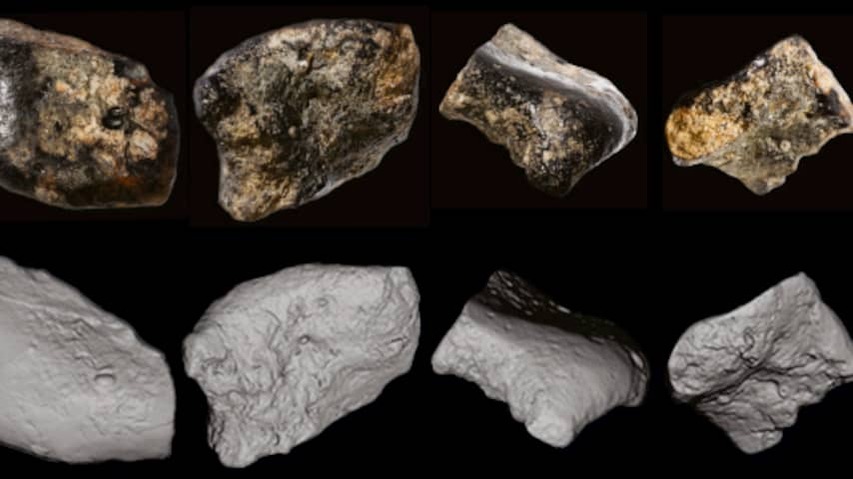
Archaeologists have found skulls of Gay erectus on the seabed between the Indonesian islands. This upright human species may have learned to hunt from its more modern counterpart.
The findings came to light during dredging work in the Strait of Madura. Gay erectus lived from 2 million to 140,000 years ago. Never before have remains of this human species been found in the area called Sundaland.
Skulls have already been found on the Indonesian island of Java, but the new finds show that the Javanese Gay erectus spread across the surrounding lowlands of Sundaland during periods of lower sea levels.
This is according to research from Leiden University, in collaboration with scientists from Indonesia, Australia, Germany and Japan. The findings were published in the journal Quaternary Environment and Humans.
The species probably spread along the major rivers. “Here they had water all year round, shellfish, fish, edible plants, seeds and fruits,” writes Leiden archaeologist Harold Berghuis about the research.
Homo Erectus May Have Learned to Hunt From Counterpart
The researchers also found fossil remains of dozens of vertebrate species. They also found cut marks on bones of water turtles and large numbers of broken bones of cattle. According to Berghuis, this indicates the hunting and consumption of bone marrow.
“We did not find this in the earlier Gay erectus population on Java, but we do know it from more modern human species on the Asian mainland,” writes the archaeologist. The human species may have adopted this habit from its newer counterparts. That suggests that there may have been contact between these groups and possibly genetic exchange.
The discovery is unique because it was made in a place where there is now a sea. But 140,000 years ago, Sundaland looked more like the current African savannah. It was a dry grassland where elephants, cattle and crocodiles lived, among other things. Hippos, carnivorous Komodo dragons and river sharks also lived there. These animals flourished in ancient Sundaland, now they are seriously threatened.
The fossil collection is housed in the Geological Museum in Bandung in Indonesia.